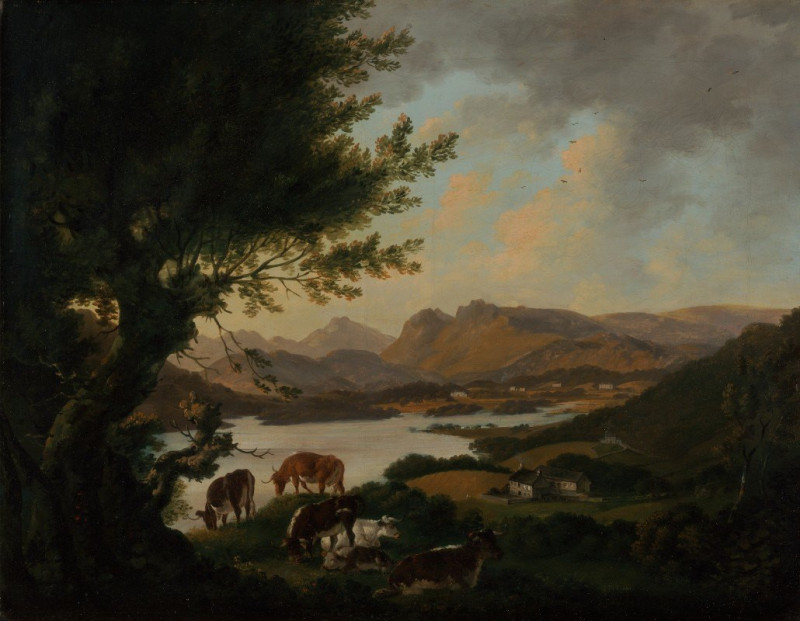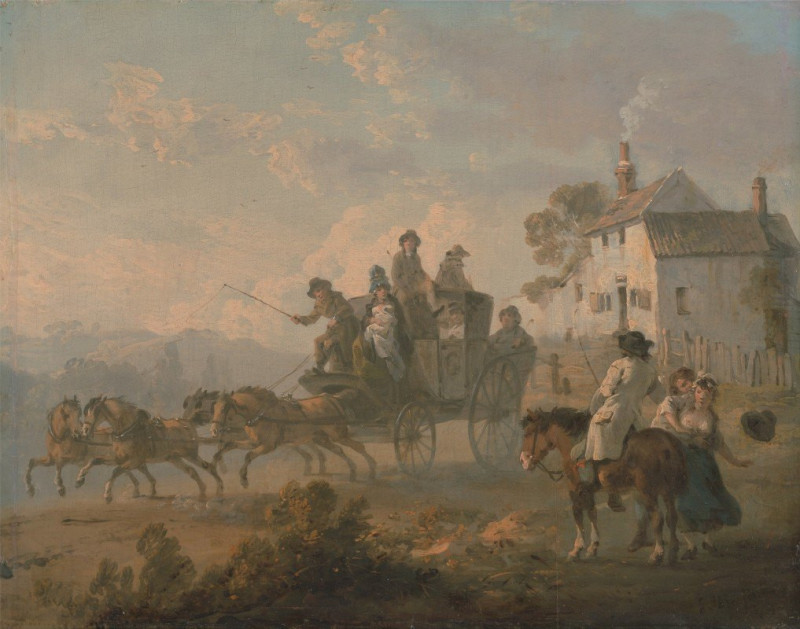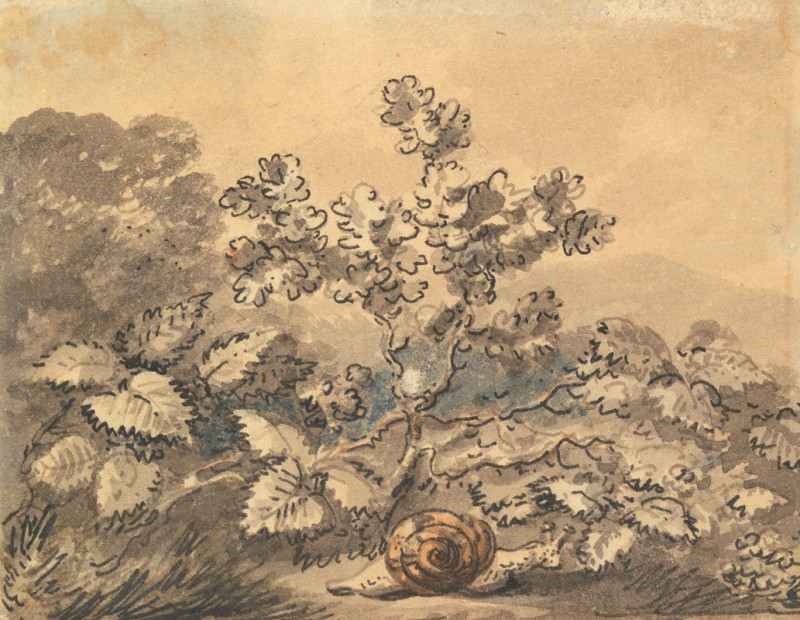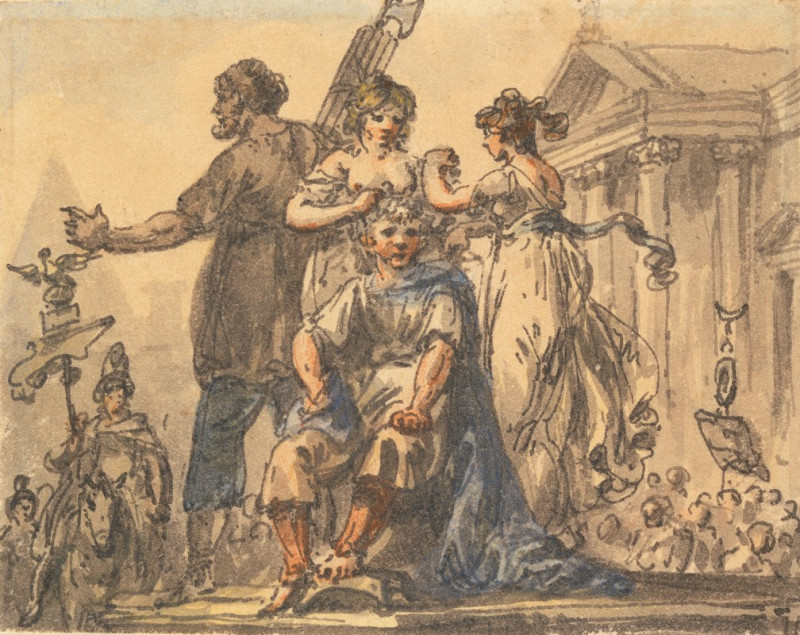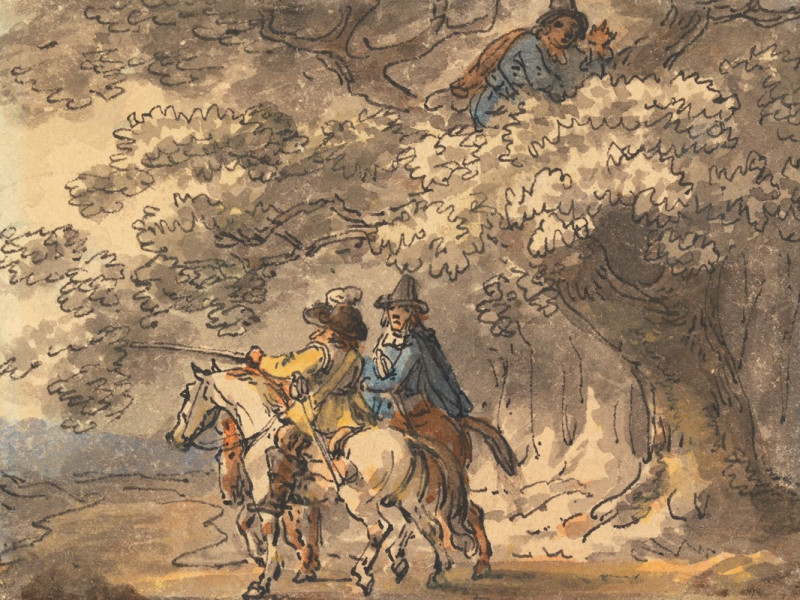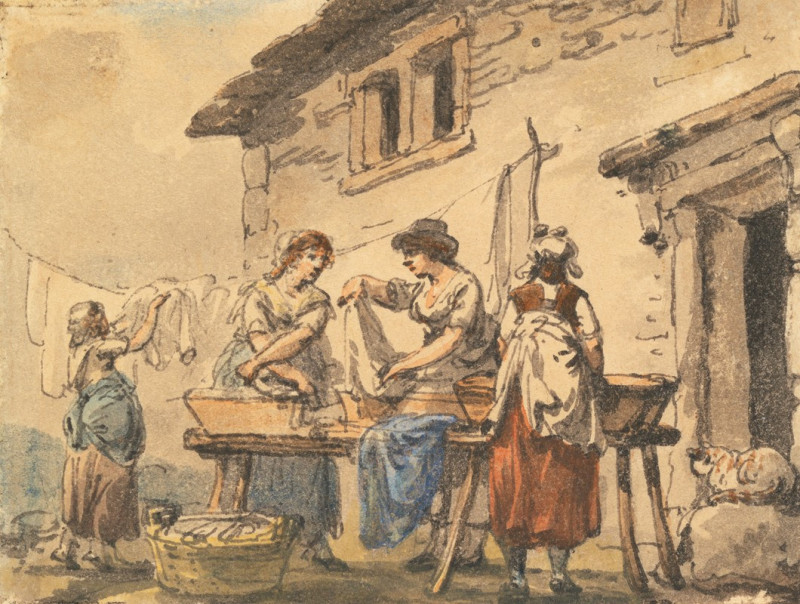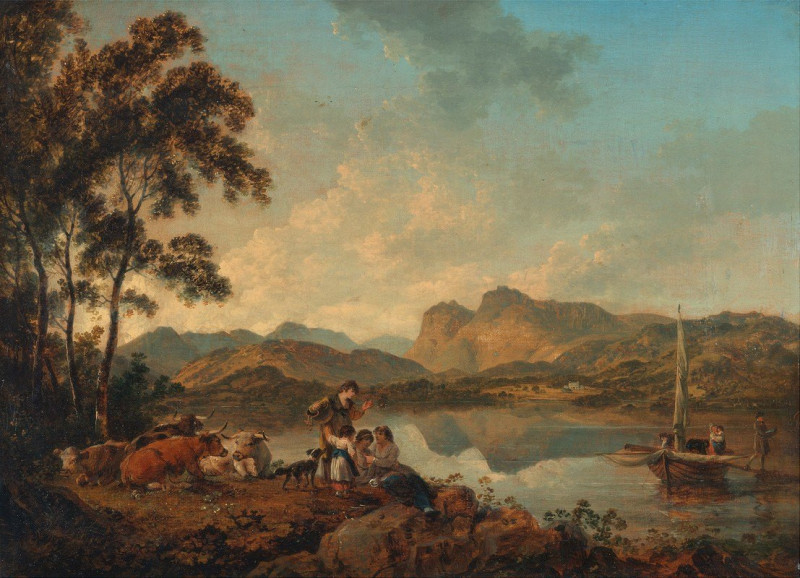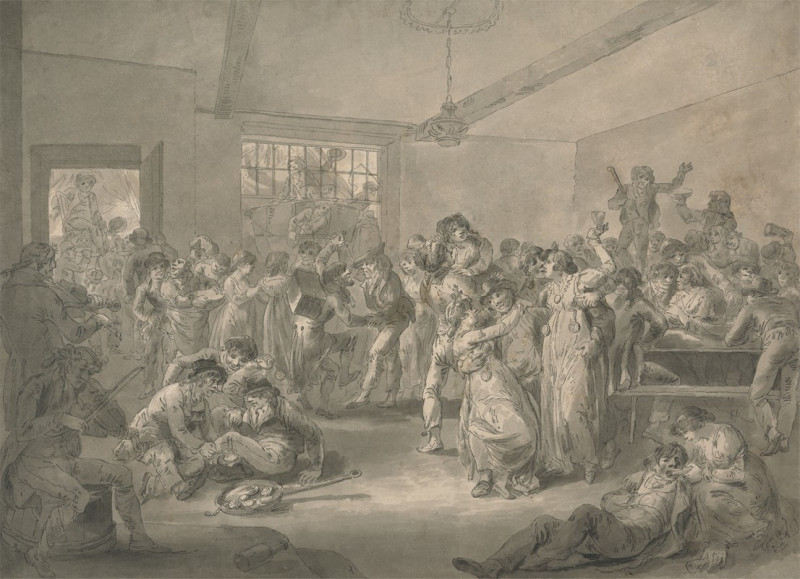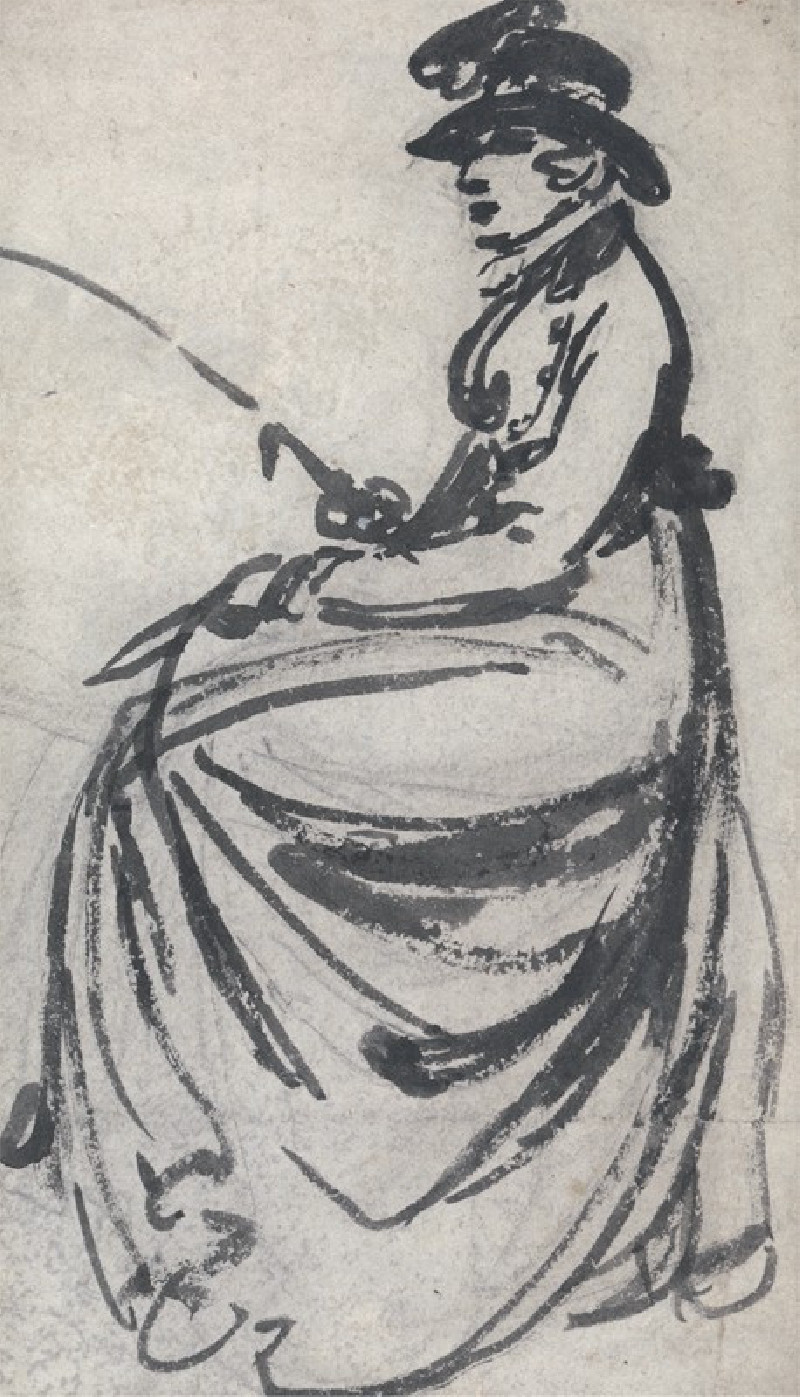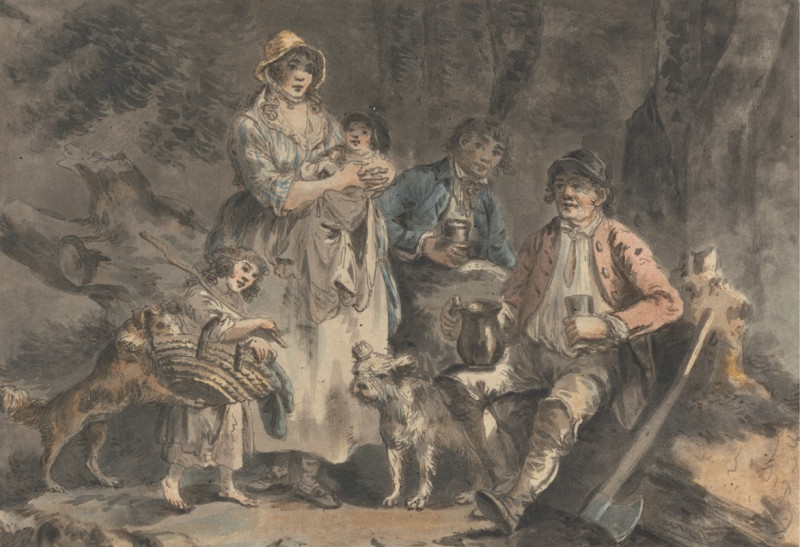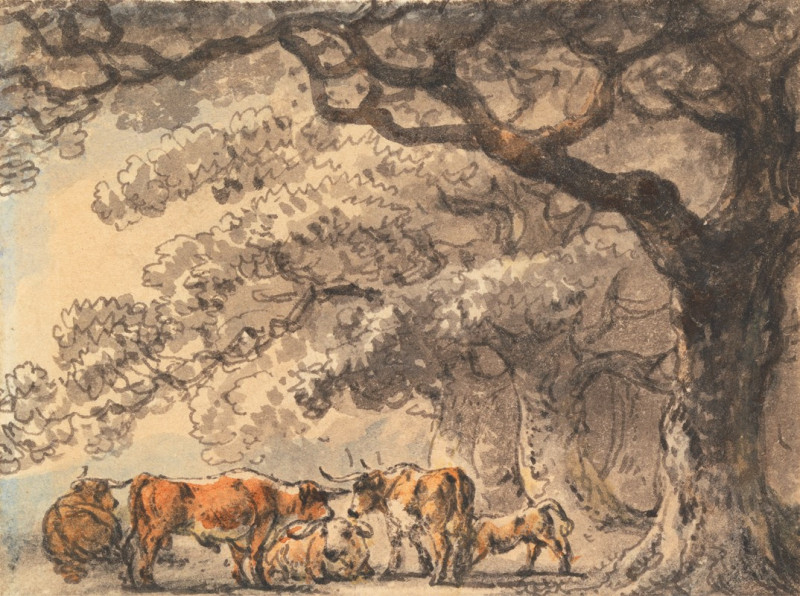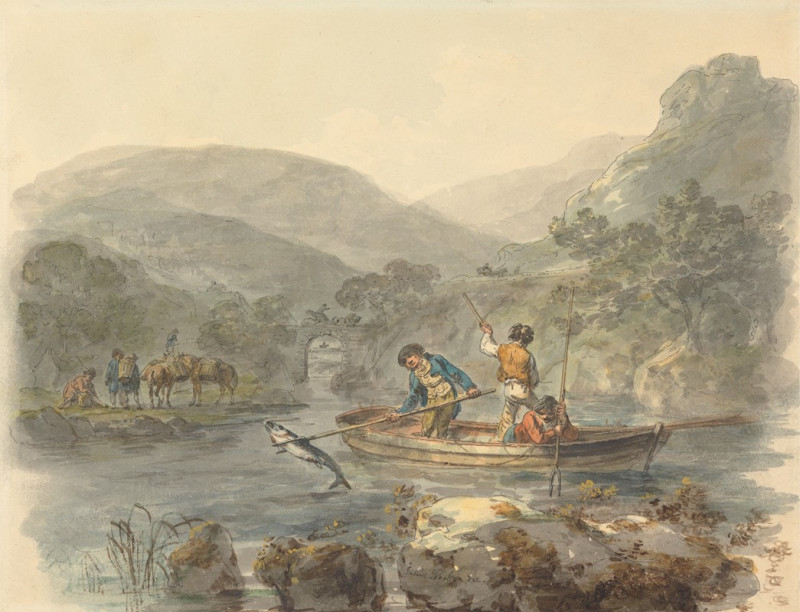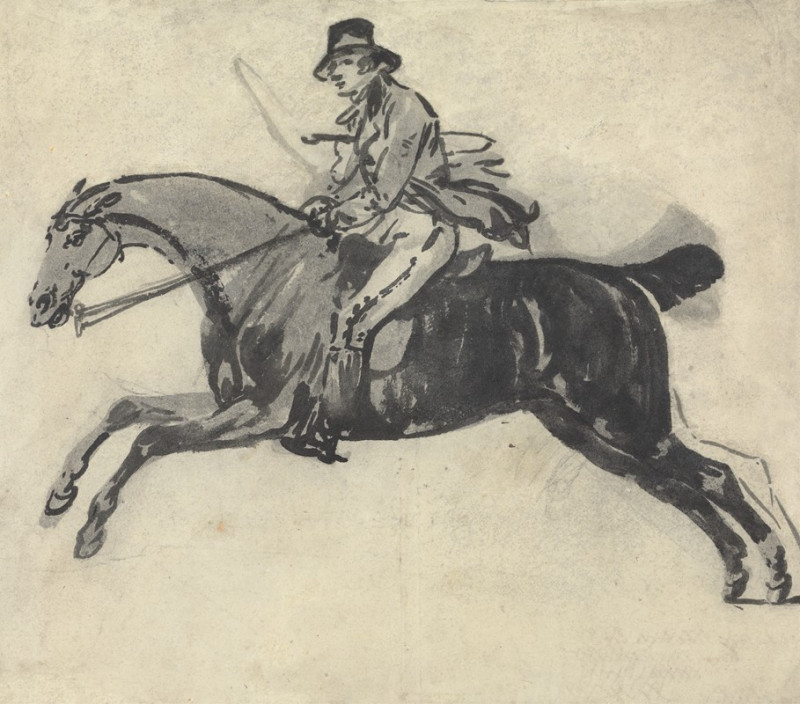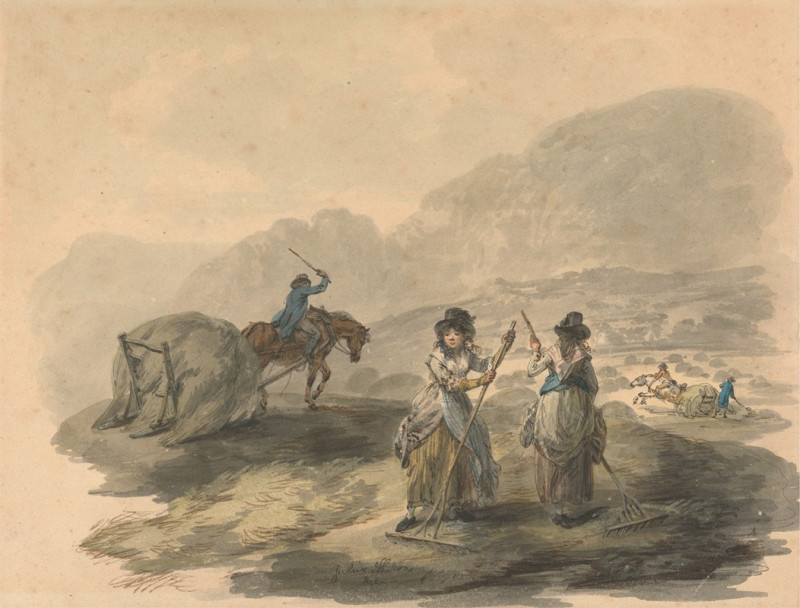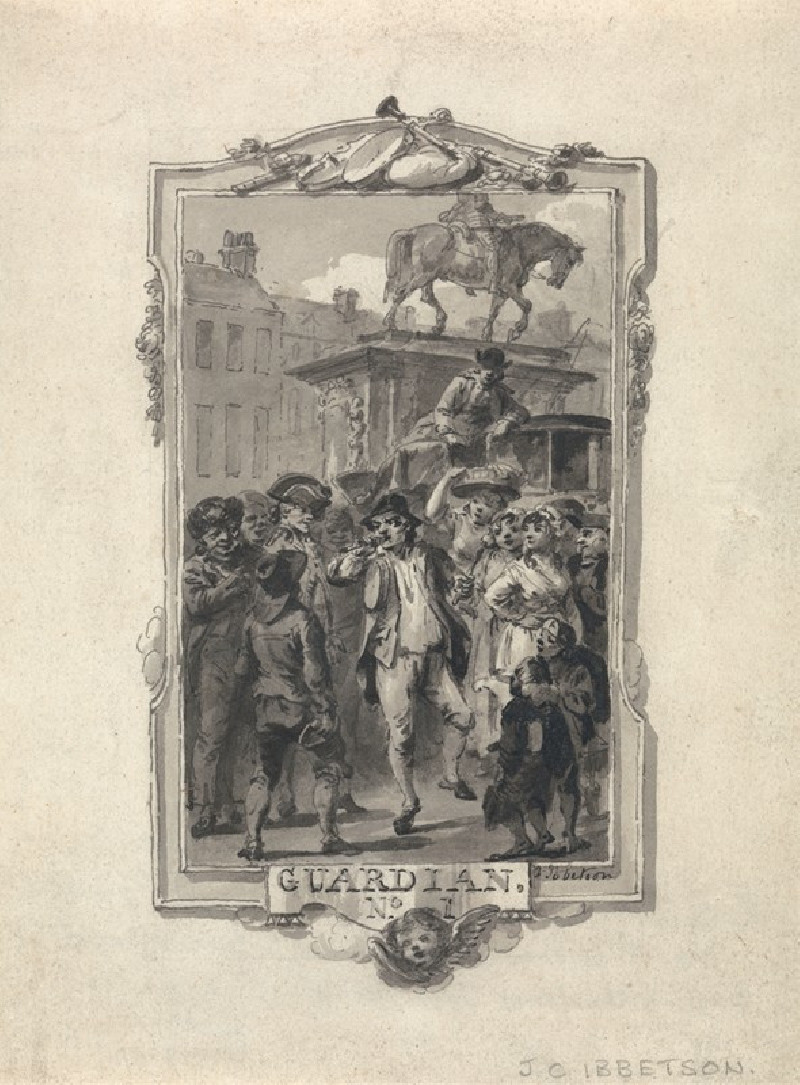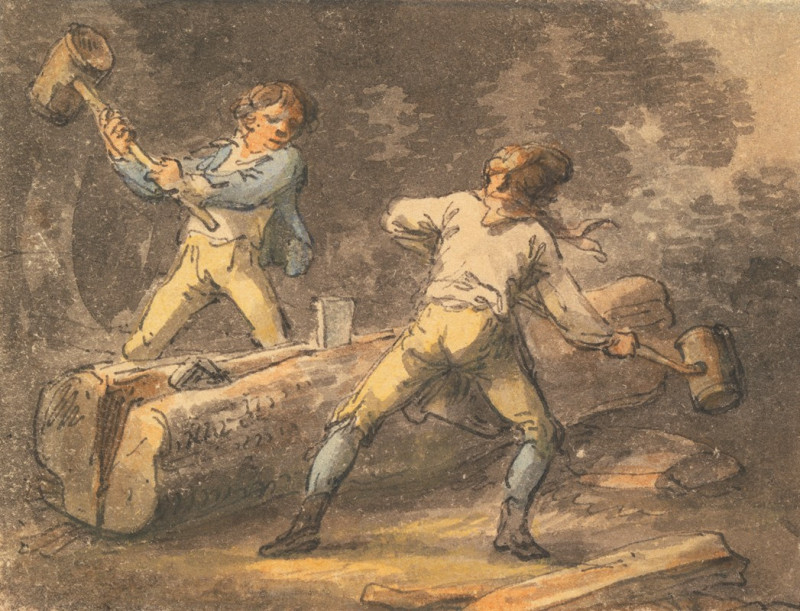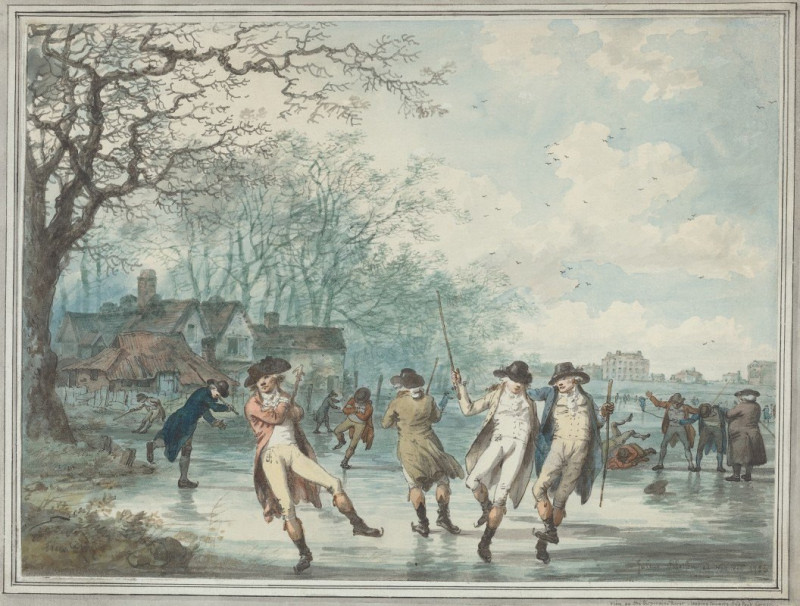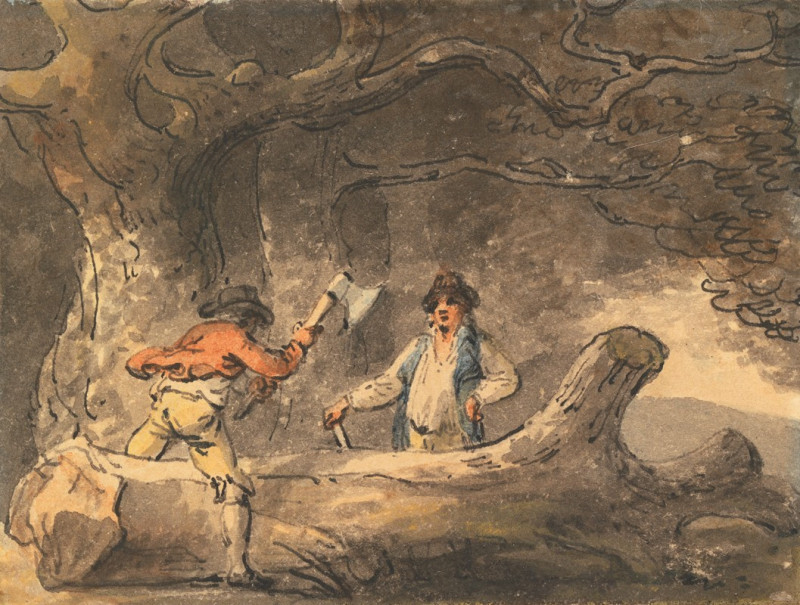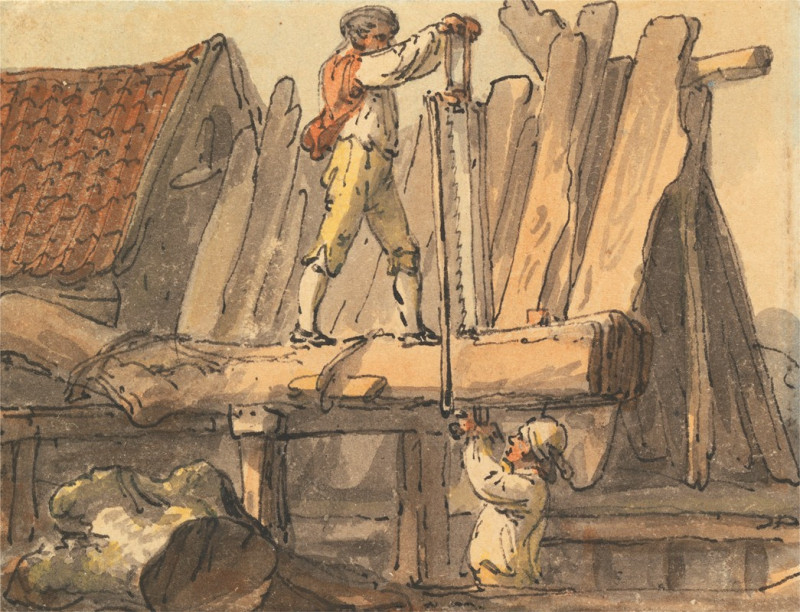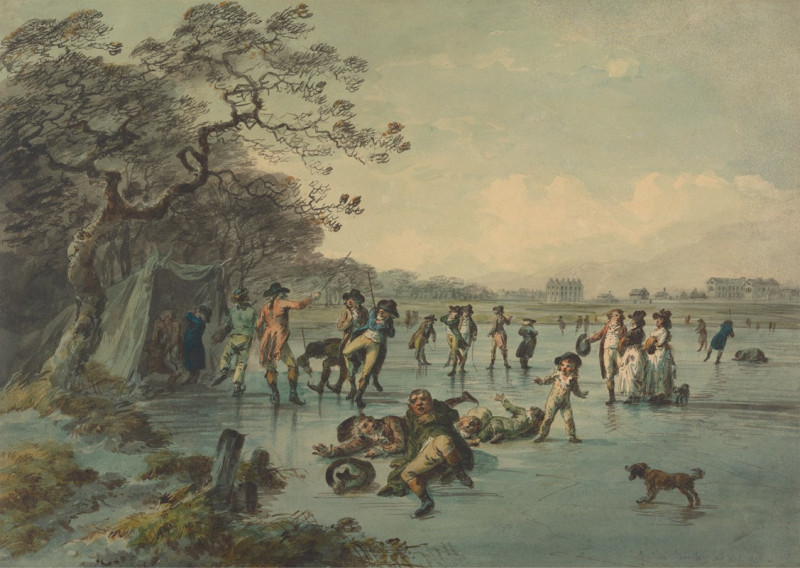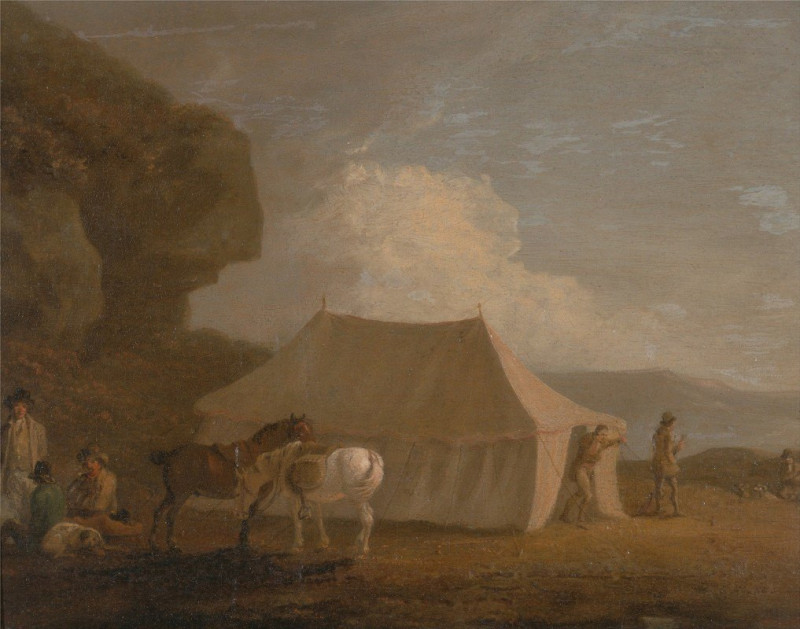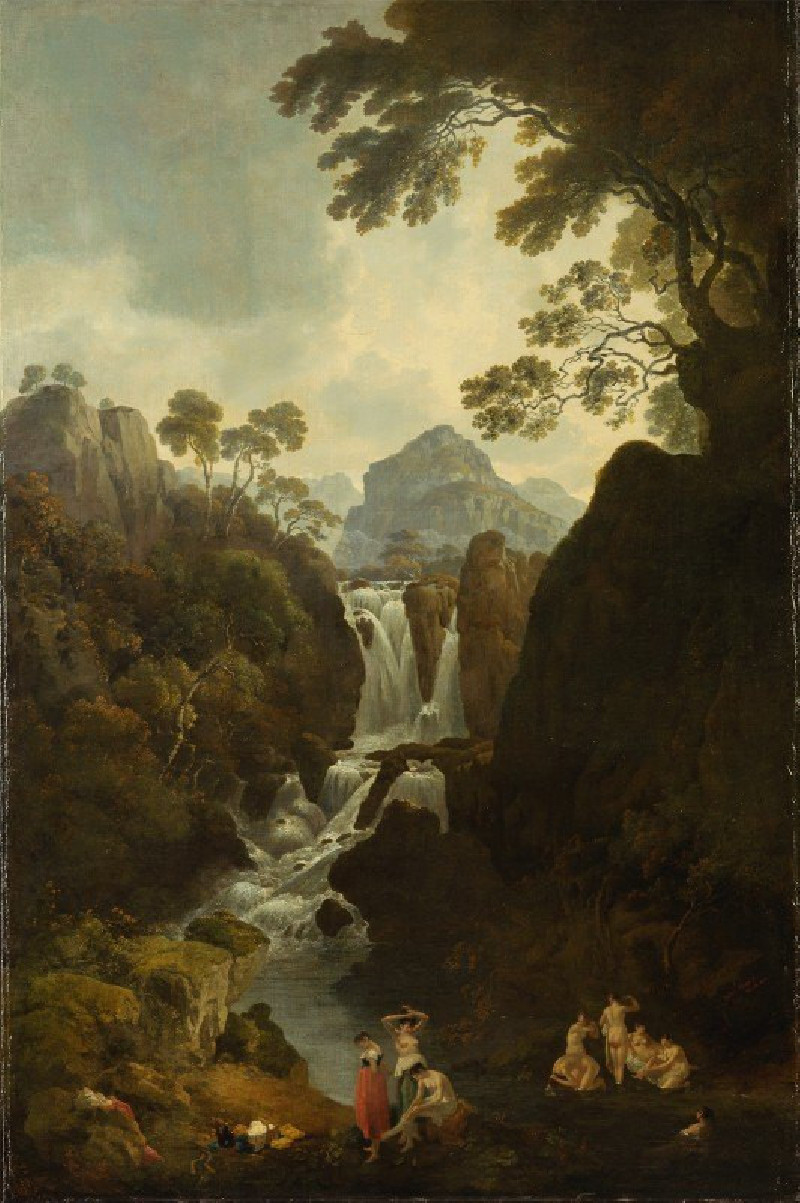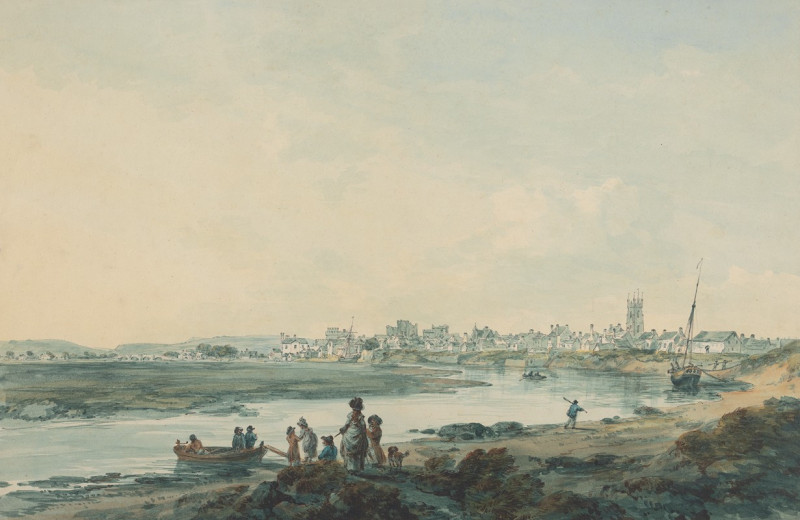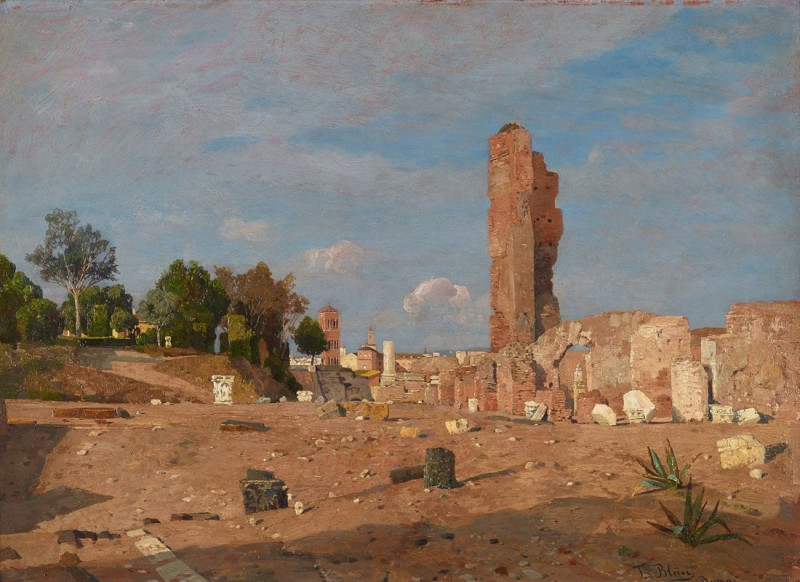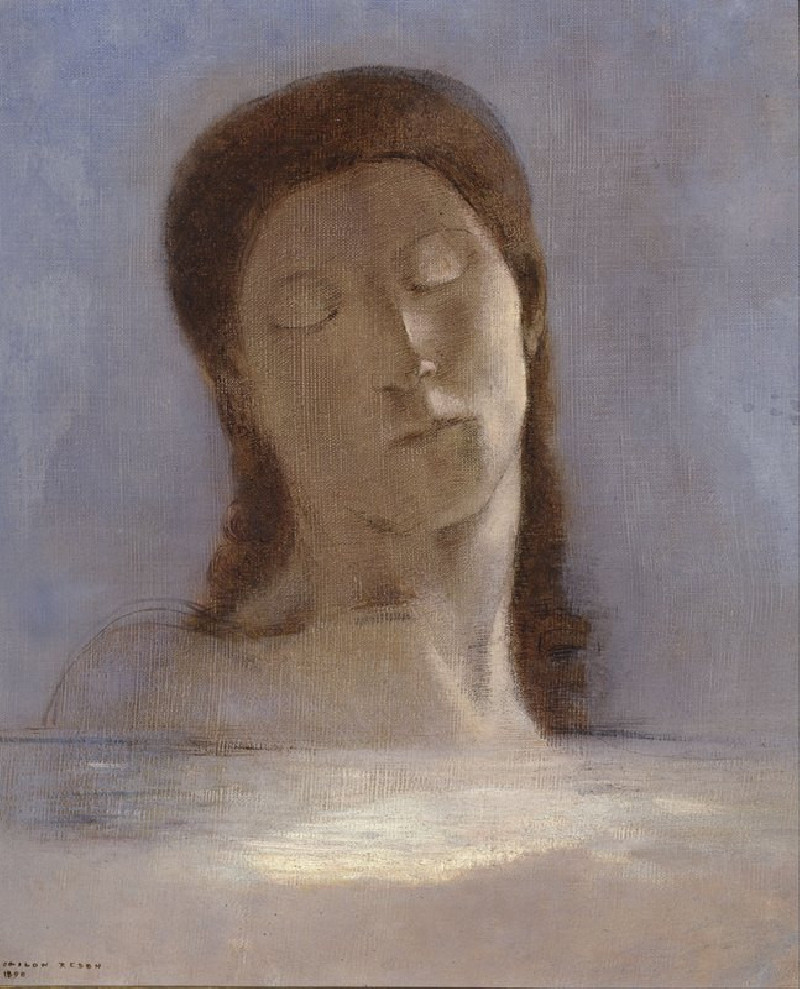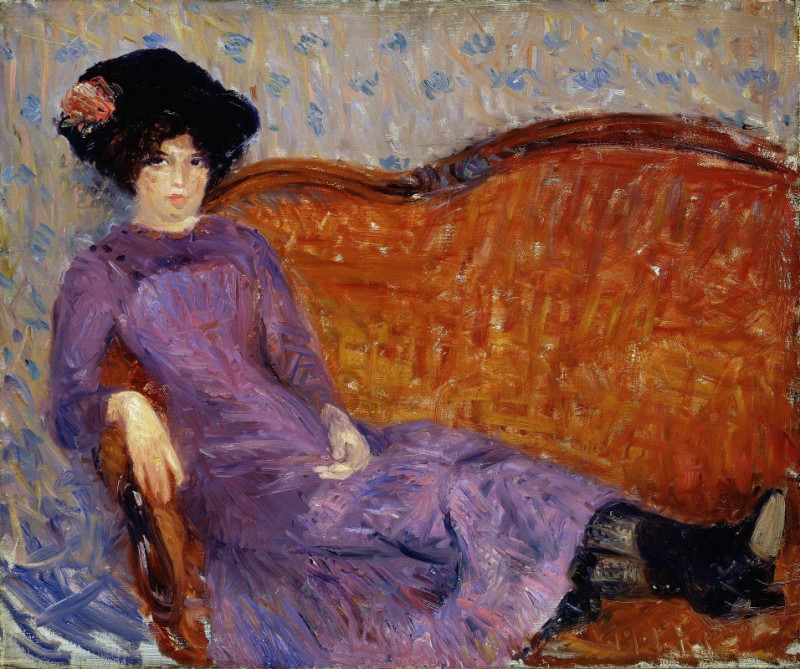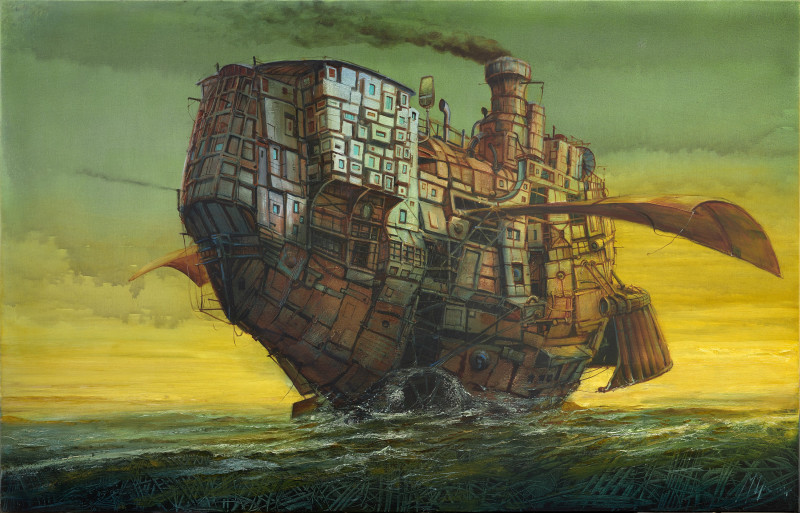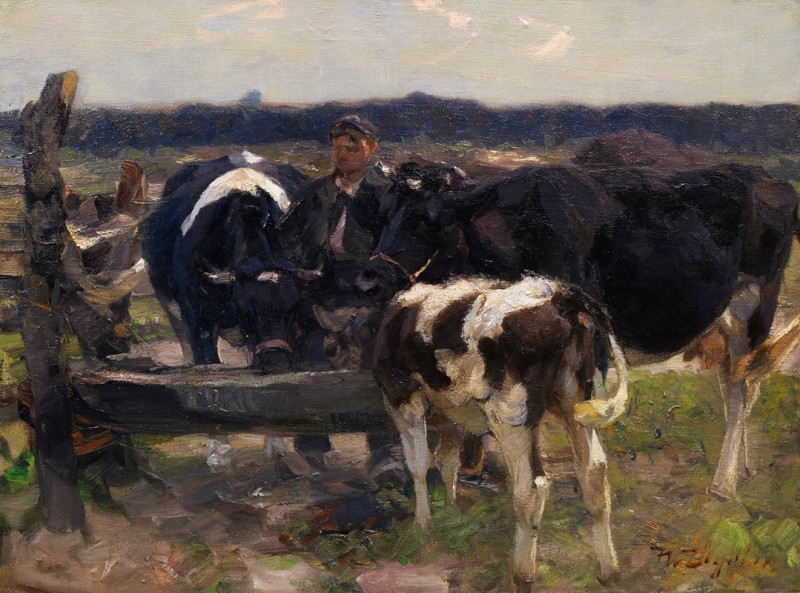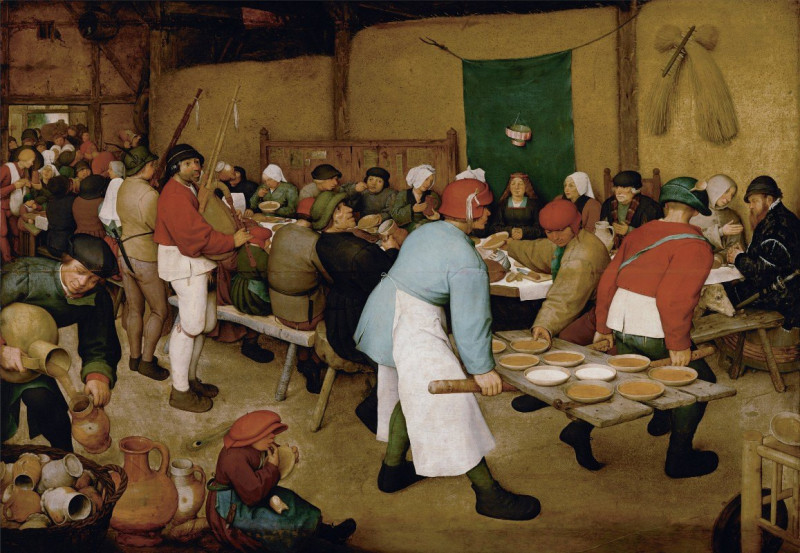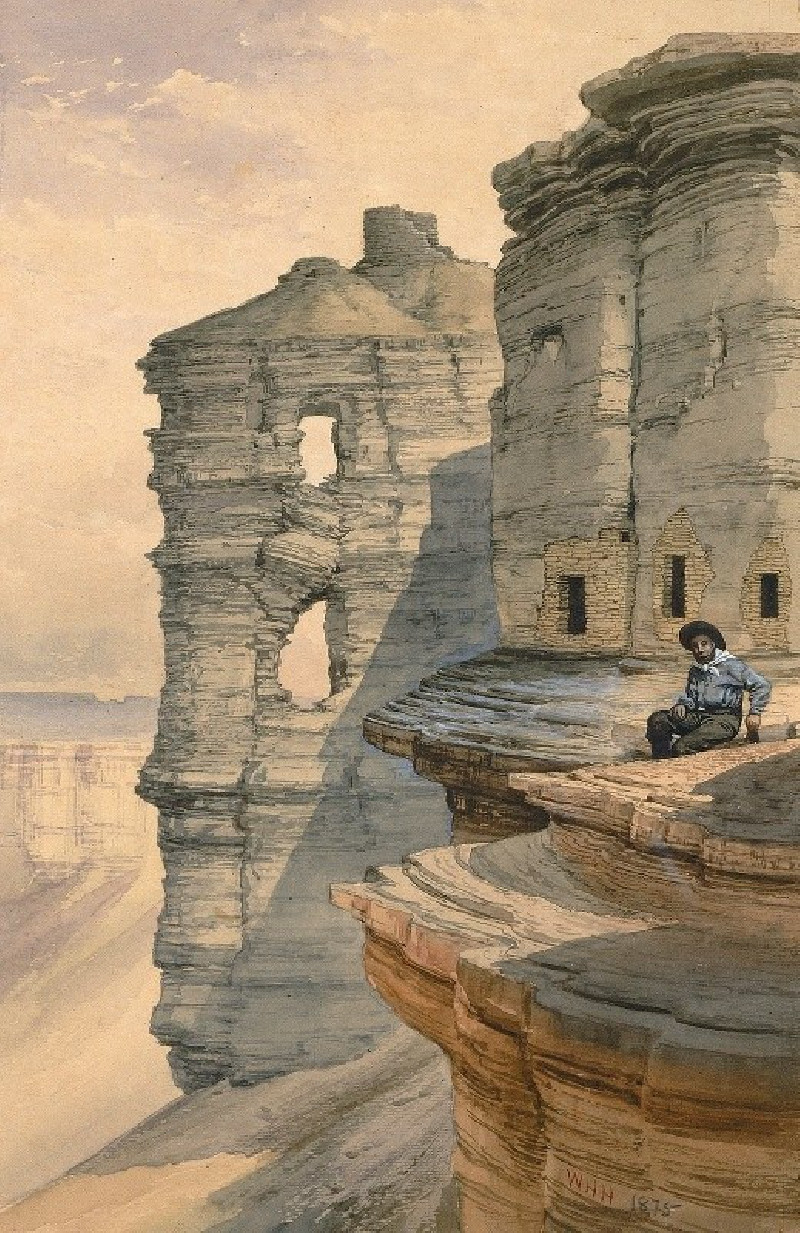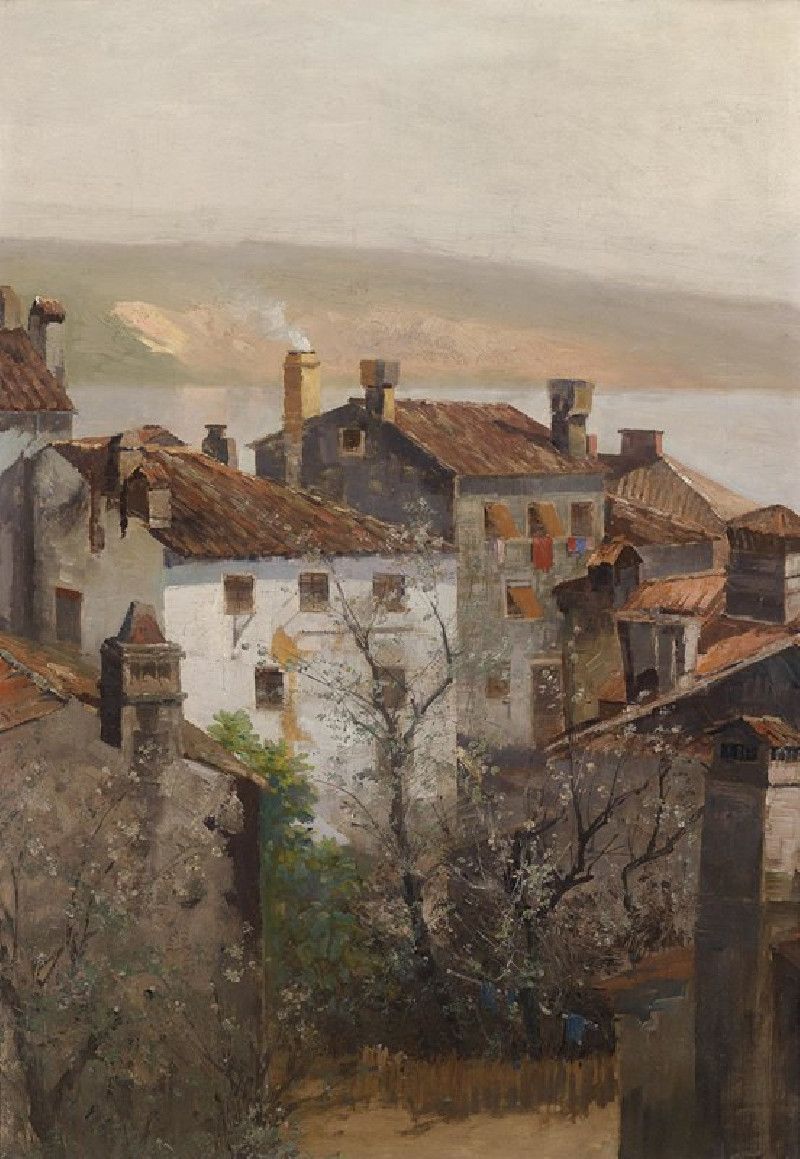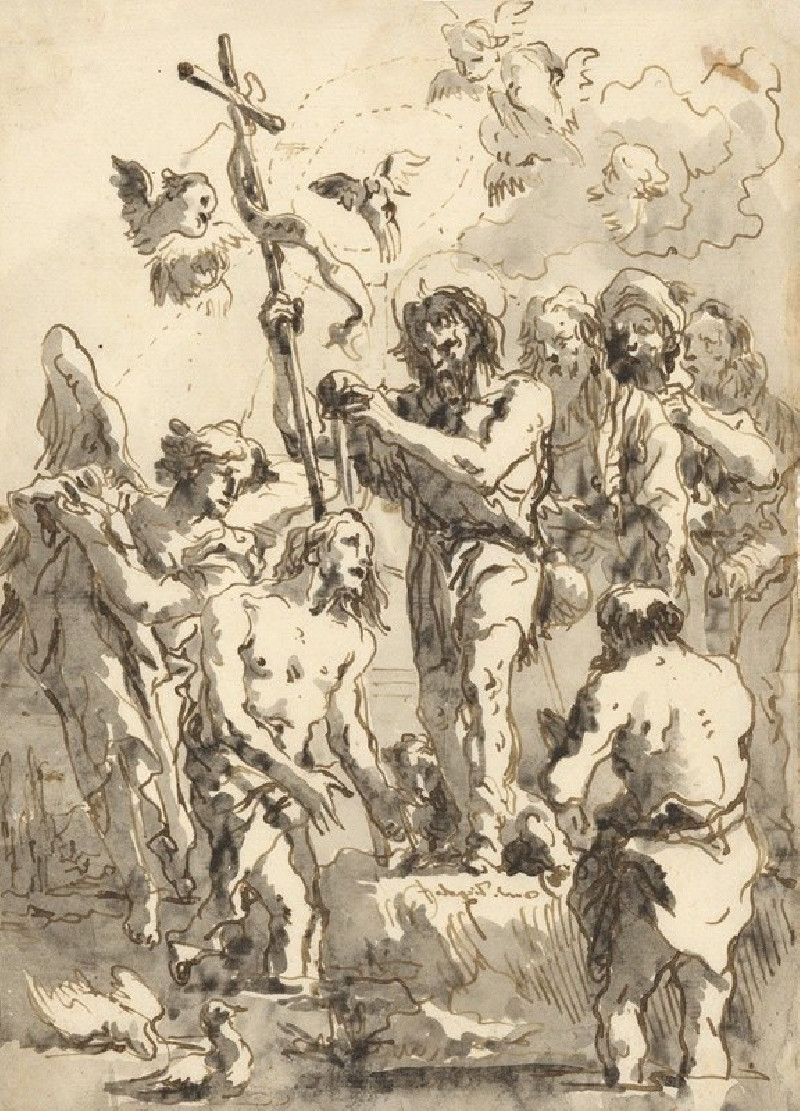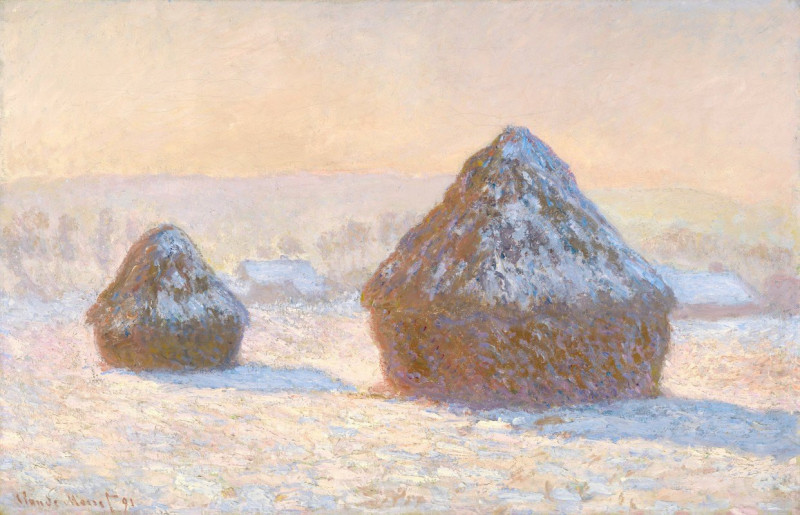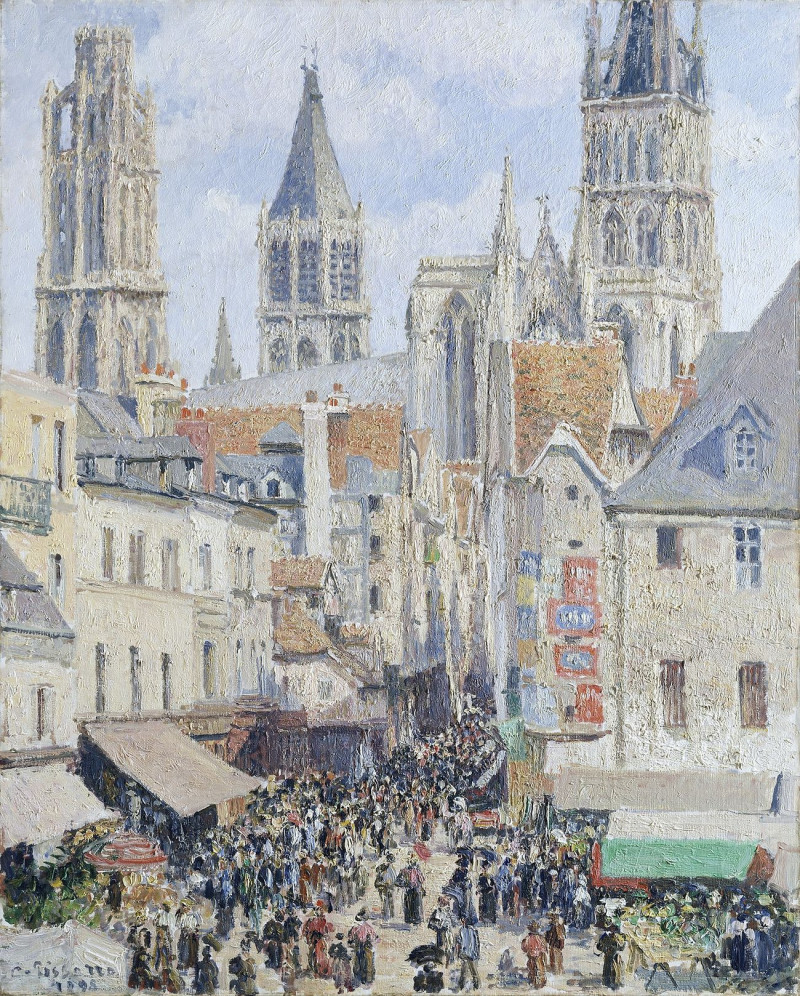Lake Windermere (between 1801 and 1805)
Technique: Giclée quality print
Recommended by our customers
More about this artwork
The serene landscape captured in Julius Caesar Ibbetson's painting, "Lake Windermere," offers a picturesque view of England’s largest natural lake. This early 19th-century artwork encapsulates the peaceful coexistence of nature and rural life during that era. The painting foregrounds a shaded area under a large tree, where cattle graze leisurely, adding a bucolic charm to the scene. Beyond the foreground, the lake stretches across the middle of the canvas, reflecting the sky and surrounded by rolling hills.The background is adorned with gentle mountains under a vast, slightly clouded sky, suggesting early or late daylight that casts soft shadows and enriches the landscape with warm hues. Small buildings near the lake's shore hint at human habitation, nestled unobtrusively within the natural world. Ibbetson's skillful use of light and shadow, combined with meticulous detail in depicting the vegetation and animals, creates a harmonious and inviting rural setting."Lake Windermere" not only portrays the tranquil beauty of the English countryside but also evokes a sense of timeless grace, reflecting the artist’s adeptness in landscape painting and his profound appreciation for nature’s quiet majesty.
Delivery
Returns
Julius Sergius von Klever was a Baltic German landscape painter.
His father was a chemist who taught pharmacology at the Veterinary Institute. He displayed artistic talent at an early age and took lessons from Konstantin von Kügelgen. After completing his primary education, was enrolled at the Imperial Academy of Fine Arts where, at his father's insistence, he studied architecture. After a short time, however, he began to take landscape painting classes; first with Sokrat Vorobiev, then Mikhail Clodt.

